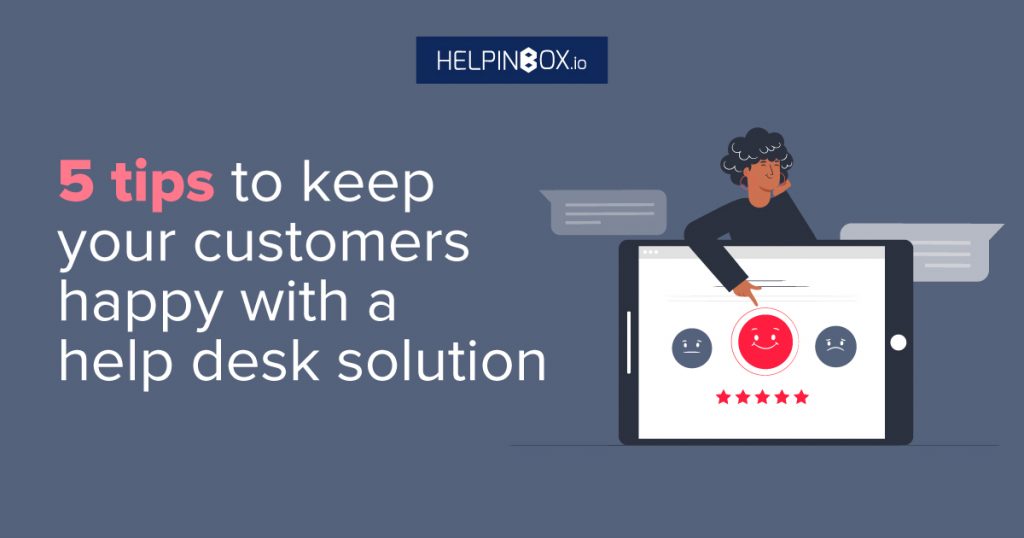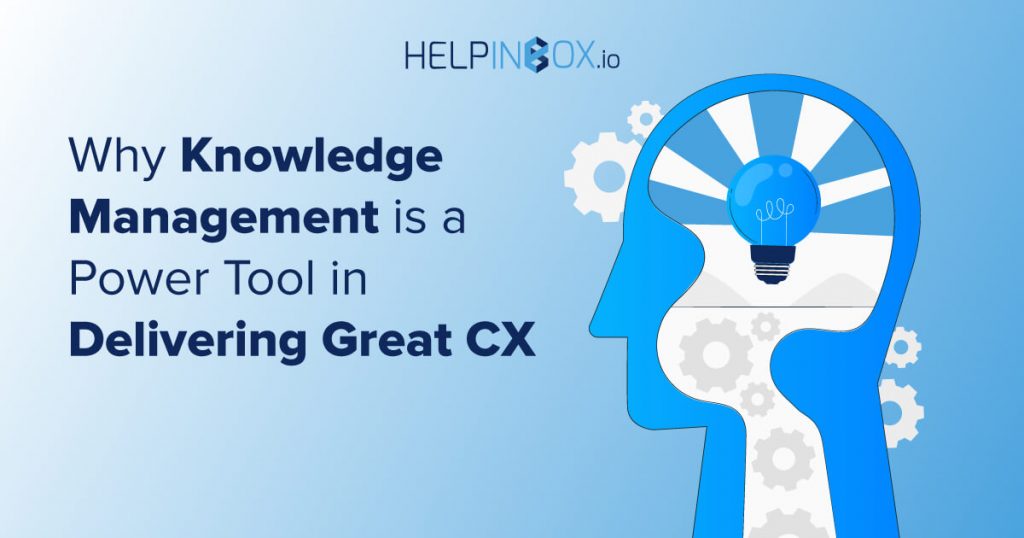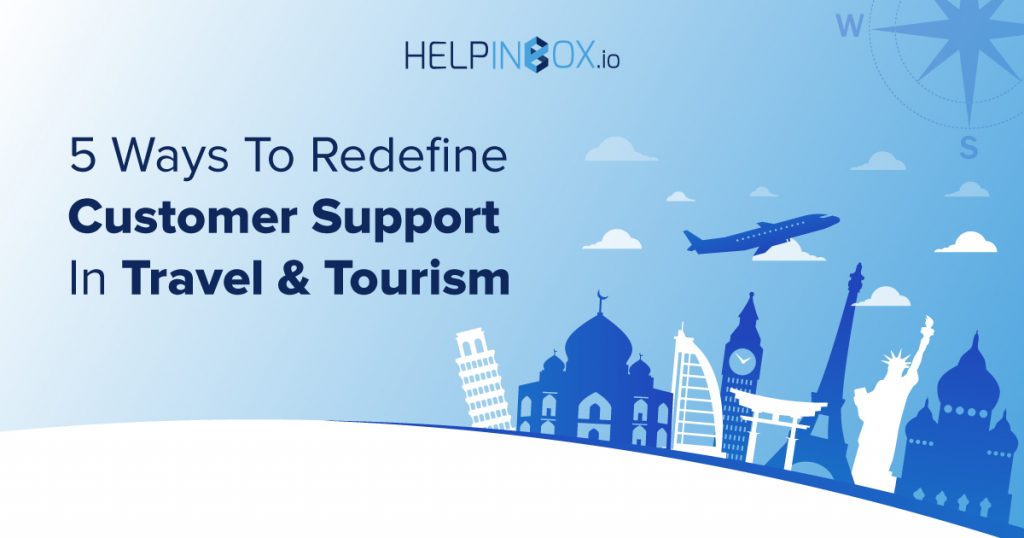Self-service in customer support has changed significantly over the past decade. It started with basic FAQs but has evolved into something more sophisticated. Today, customers expect fast, efficient, and personalised support. Helpdesk software companies have had to adapt to these changes to meet customer needs.
The Early Days of Self-Service
Ten years ago, self-service was much simpler. Most companies offered FAQ pages or basic help centres. Customers could find answers to common questions, but that was it. The experience was limited and often frustrating. People still needed to contact support teams for complex issues.
Helpdesk software back then relied heavily on human support. This put pressure on customer service teams and led to longer response times. Companies soon realised that this approach was not sustainable. They needed better solutions to improve the customer experience.
The Move to Multi-Channel Support
Self-service is now available across multiple channels. Customers no longer have to stick to one platform for support. They can start a query on a mobile app, switch to a desktop browser, and finish with a chatbot.
Omnichannel self-service provides a seamless experience. This integration means customers can get support whenever and wherever they need it. Helpdesk software now offers tools like mobile apps, live chat, and social media support. This flexibility is key to meeting modern customer expectations.
Companies have also integrated social media into their helpdesk systems. Community forums have become popular, where users help each other solve problems. This peer-to-peer support lightens the load for helpdesk teams.
The Importance of Personalization
Personalization has become essential in self-service. Customers expect tailored solutions based on their past interactions. Modern helpdesk software provides personalised content that makes finding answers easier.
For example, a self-service portal might suggest articles based on a user’s browsing history. This cuts down on time spent searching and increases customer satisfaction. Personalization helps customers feel understood and valued.
Helpdesk software companies use analytics to track customer behaviour. They use this data to refine their self-service offerings. By continually updating their knowledge bases and chatbot responses, companies can offer more relevant solutions.
The Rise of AI and Automation
Over time, AI and automation transformed self-service. AI-powered chatbots became a key part of helpdesk software. These tools could handle simple requests without human help. Customers appreciated the instant support and quick resolutions.
Chatbots today are much smarter than they were ten years ago. They learn from interactions and can offer personalised responses. This saves time for both the customer and the support team. Helpdesk automation also improved ticket management, which made resolving issues faster and more efficient.
Automation reduced the workload on human agents. It allowed them to focus on more complex problems. Meanwhile, customers could solve routine issues on their own. This shift improved both customer satisfaction and operational efficiency.
The Future of Self-Service
Self-service will continue to evolve with new technology. Augmented reality (AR) and voice-activated support are on the horizon. These tools will offer even more immersive and convenient customer experiences.
Predictive self-service is another exciting development. Helpdesk software will be able to anticipate problems before they happen. This proactive approach will take customer support to new levels.
Future self-service tools will combine AI, machine learning, and automation. These advancements will offer faster and more personalised solutions. Businesses will need to keep up with these changes to stay competitive.
Conclusion
Over the past decade, self-service has evolved from basic FAQ pages to advanced AI-driven platforms. Helpdesk software now offers fast, personalised, and efficient solutions. Automation, AI, and multi-channel support have transformed the customer experience.
As technology advances, self-service will continue to improve. Companies must embrace these changes to meet growing customer demands. By integrating cutting-edge helpdesk tools, businesses can ensure higher customer satisfaction and smoother operations. Self-service is here to stay, and its future looks promising.
 149
149









